V-Ray

V-Ray is a 3D rendering software that is compatible with most major digital content creation applications including Autodesk’s 3ds Max, Maya and Revit, Trimble’s SketchUp, McNeel’s Rhino, and Foundry’s Modo, Nuke and Katana.
V-Ray is also available for Cinema4D, Blender, and formZ. And It has been integrated directly into a variety of design applications such as Adobe Dimension.
V-Ray differs from other rendering solutions in that it includes both CPU and GPU+CPU hybrid rendering options. V-Ray renders using adaptive ray tracing technology and proprietary scene intelligence to create imagery that is indistinguishable from a photograph. It accurately calculates the distribution of light as well as the physical properties of any material.
It’s for this reason that V-Ray is so widely used in multiple industries such as architectural visualization, advertising, and visual effects for film and television.

Introducing the next generation of rendering |
V-Ray Next Scene Intelligence delivers faster ray tracing, cleaner sampling and more accurate rendering. That means you work smarter — not harder — by automating steps that used to take up valuable time. |
QUALITYV-Ray comes with all the lighting, shading, and rendering tools you need to create professional, photoreal imagery and animation. | 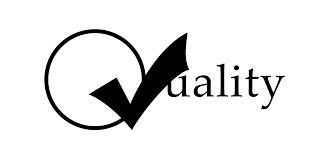 |
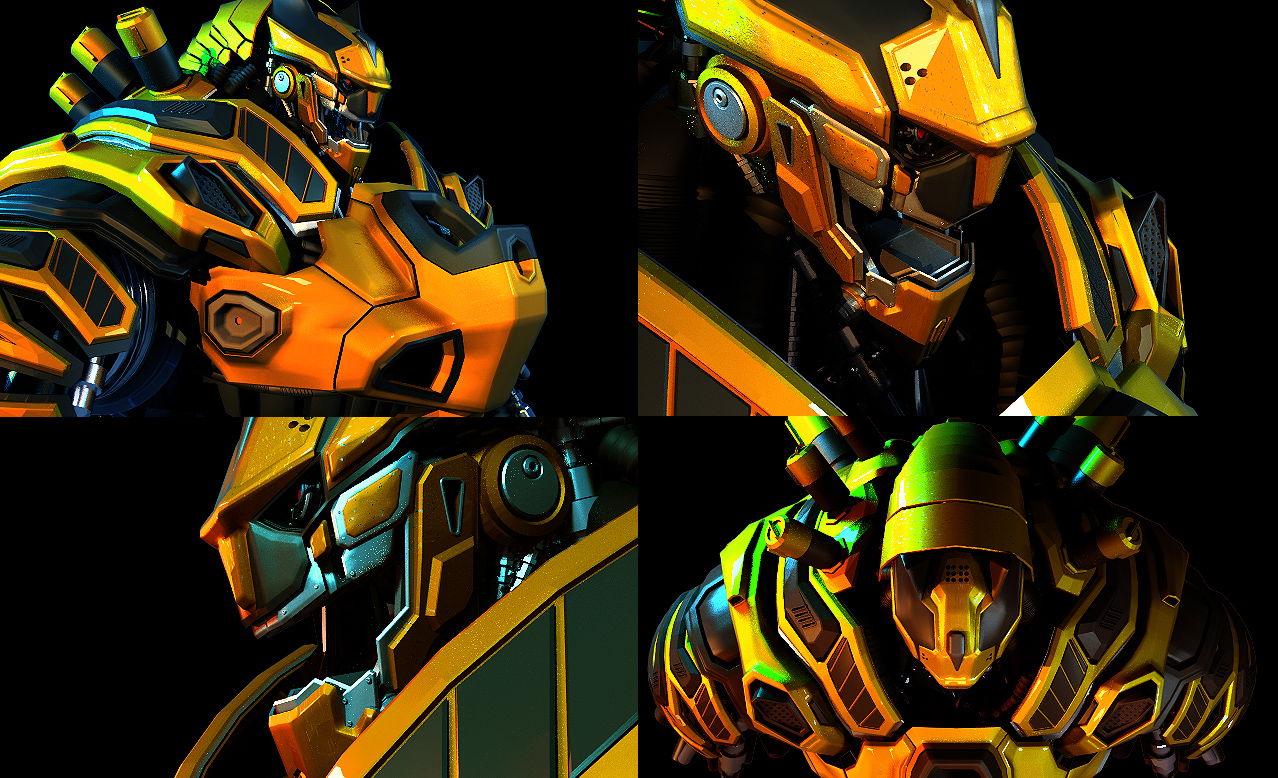 | POWERBuilt to handle your biggest projects and your toughest scenes. Render anything and everything with V-Ray. |
SPEEDSpend less time waiting and more time being creative. Deliver your best work and never miss a deadline. | 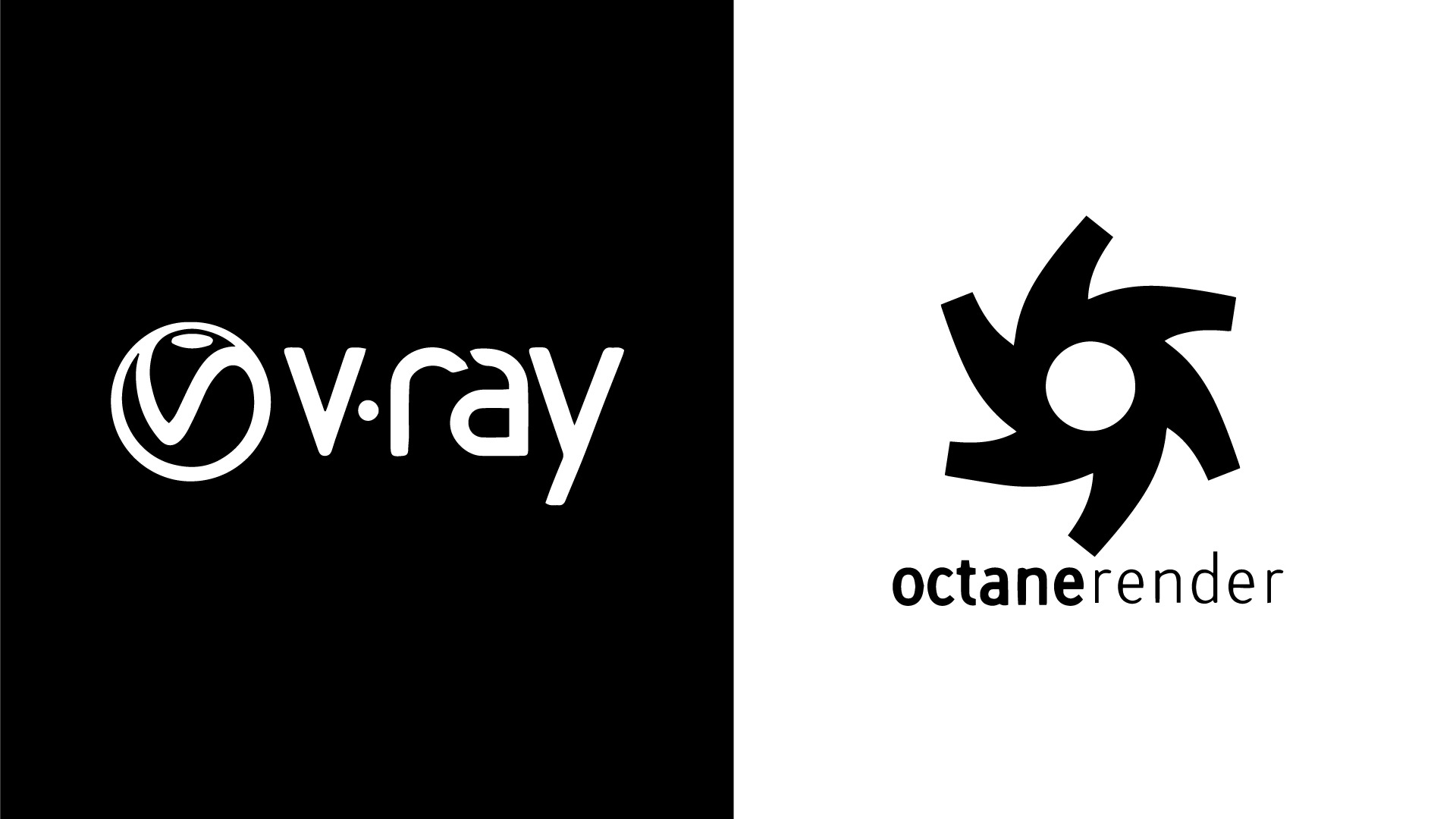 |
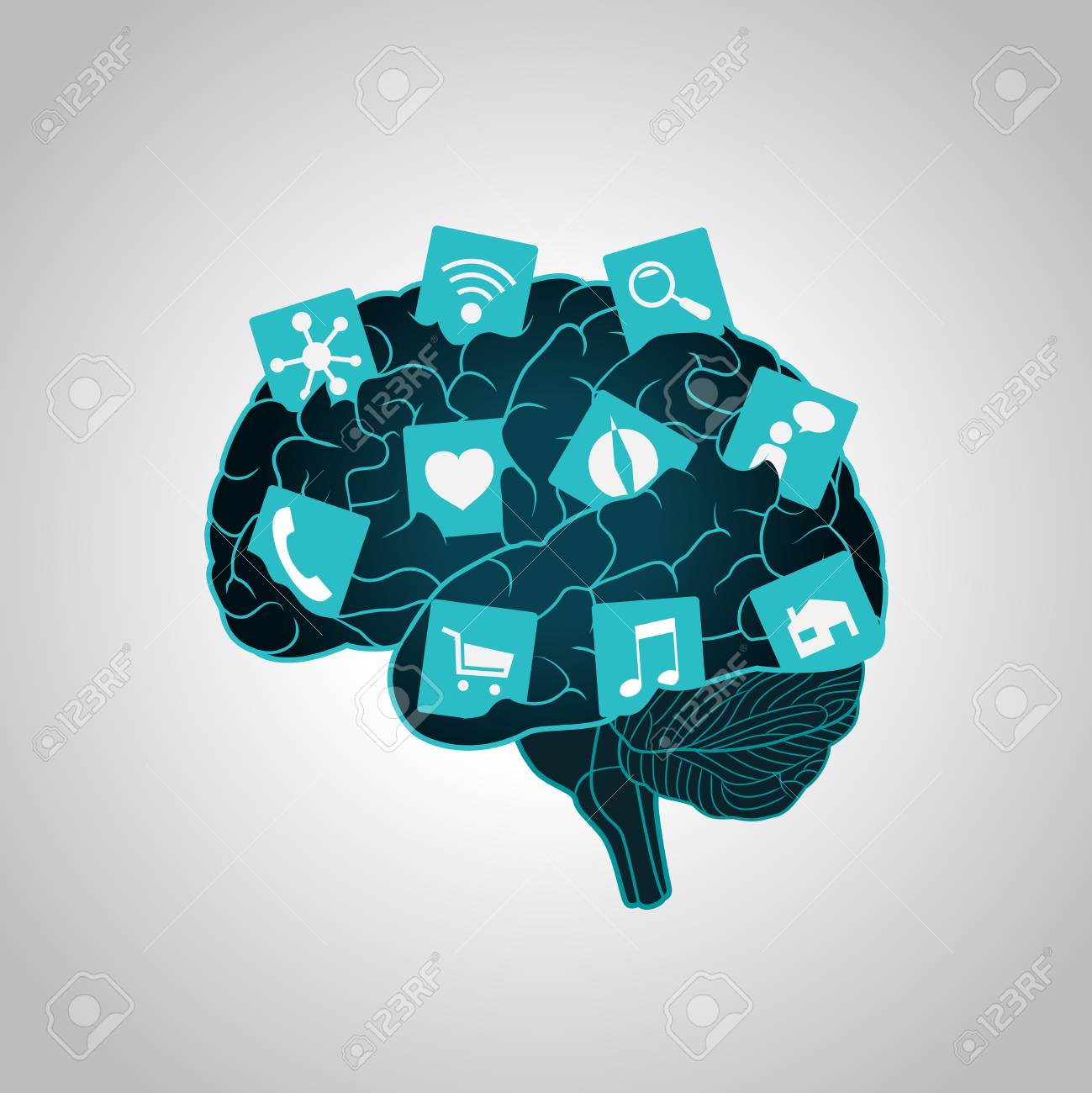 | CREATIVE CONTROLV-Ray puts you in the driver seat. You’re in control. With V-Ray’s versatile features, you can choose the best approach for your scene. |
SMART INTEGRATIONWork the way you want – without interruption. V-Ray’s seamless 3ds Max integration keeps your workflow fluid and smooth. | 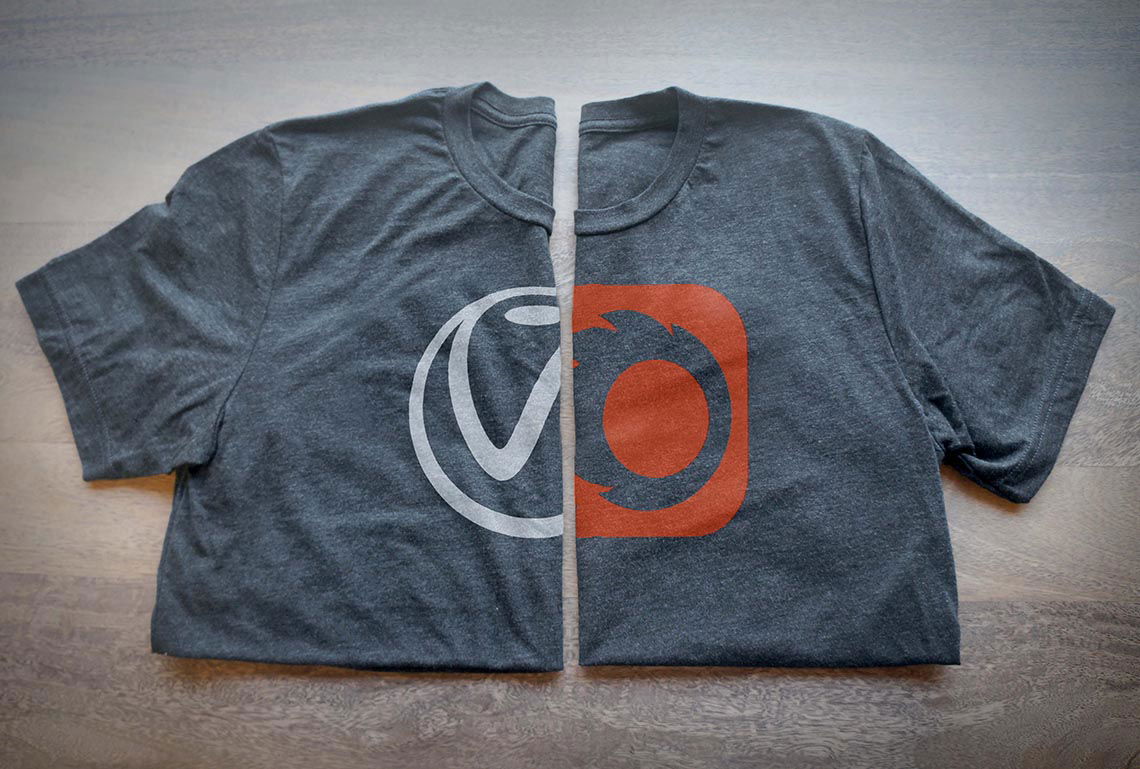 |
 | AN INDUSTRY STANDARDIndependent artists and top studios choose V-Ray every day to create world-class designs and visual effects. |
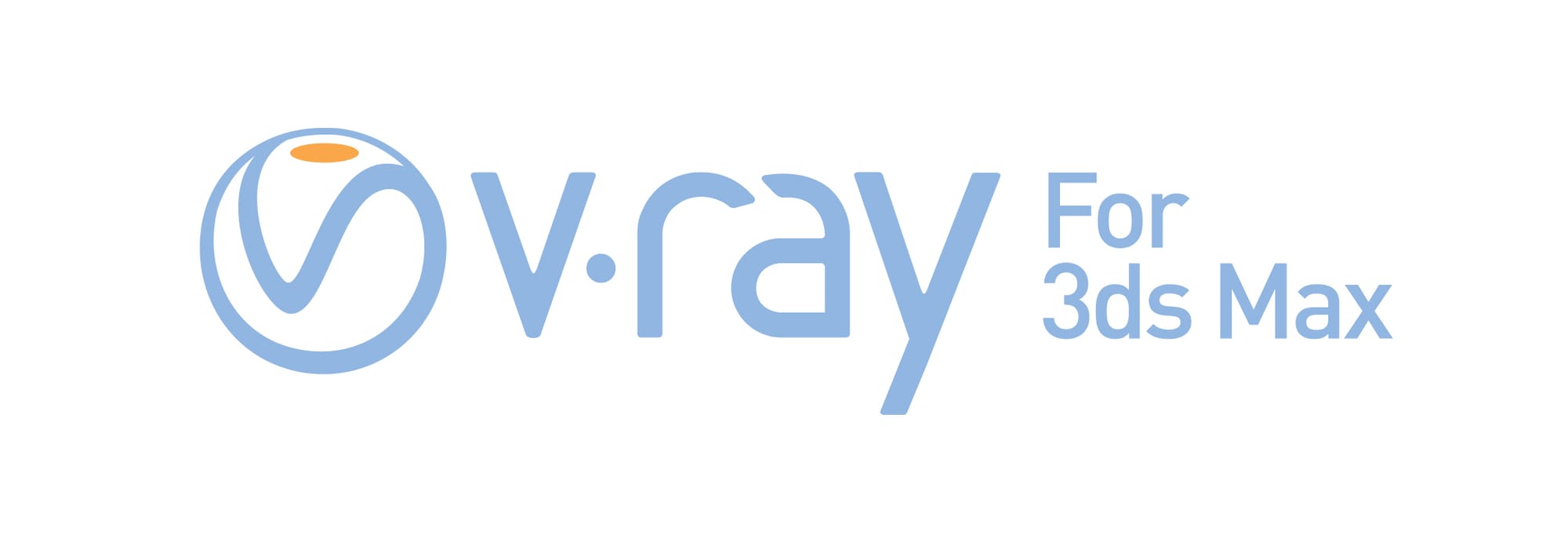
KEY FEATURES | |
Core Architecture
| 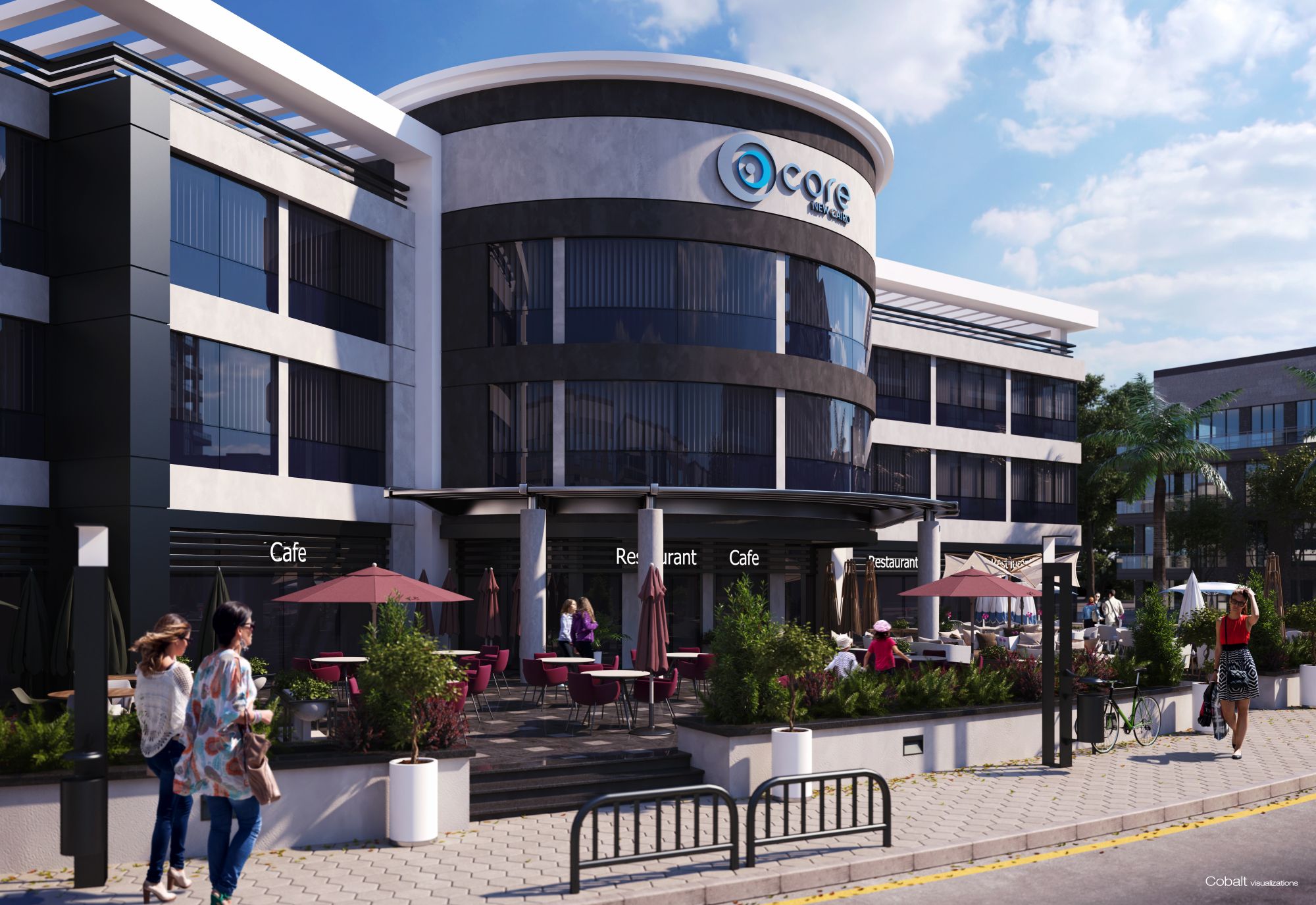 |
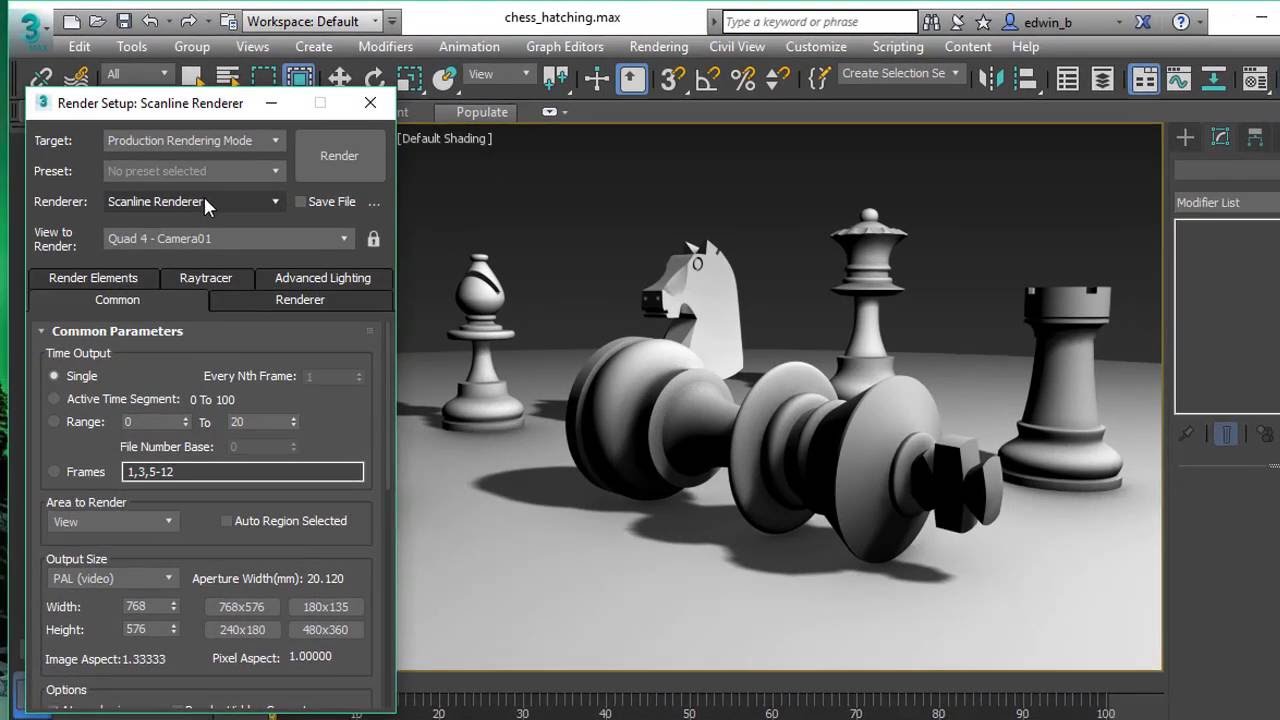 | Render output
|
Geometry
| 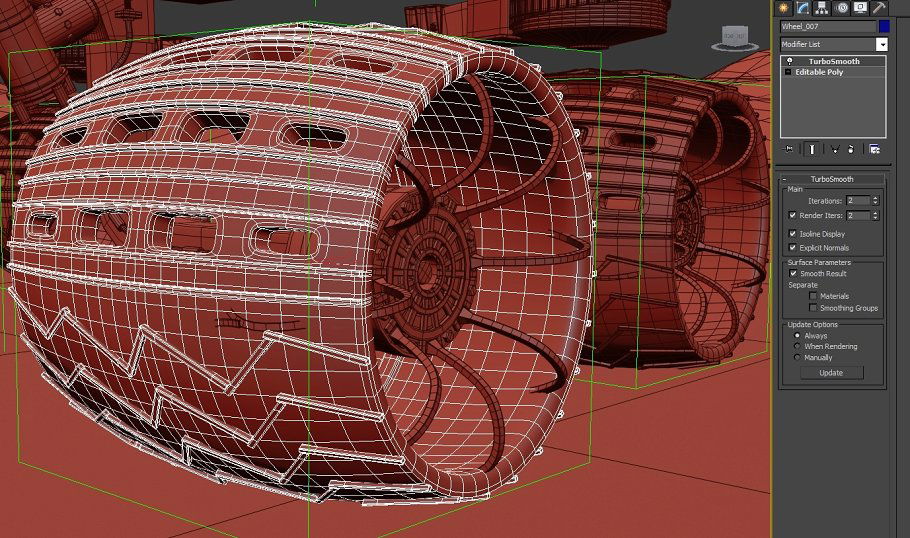 |
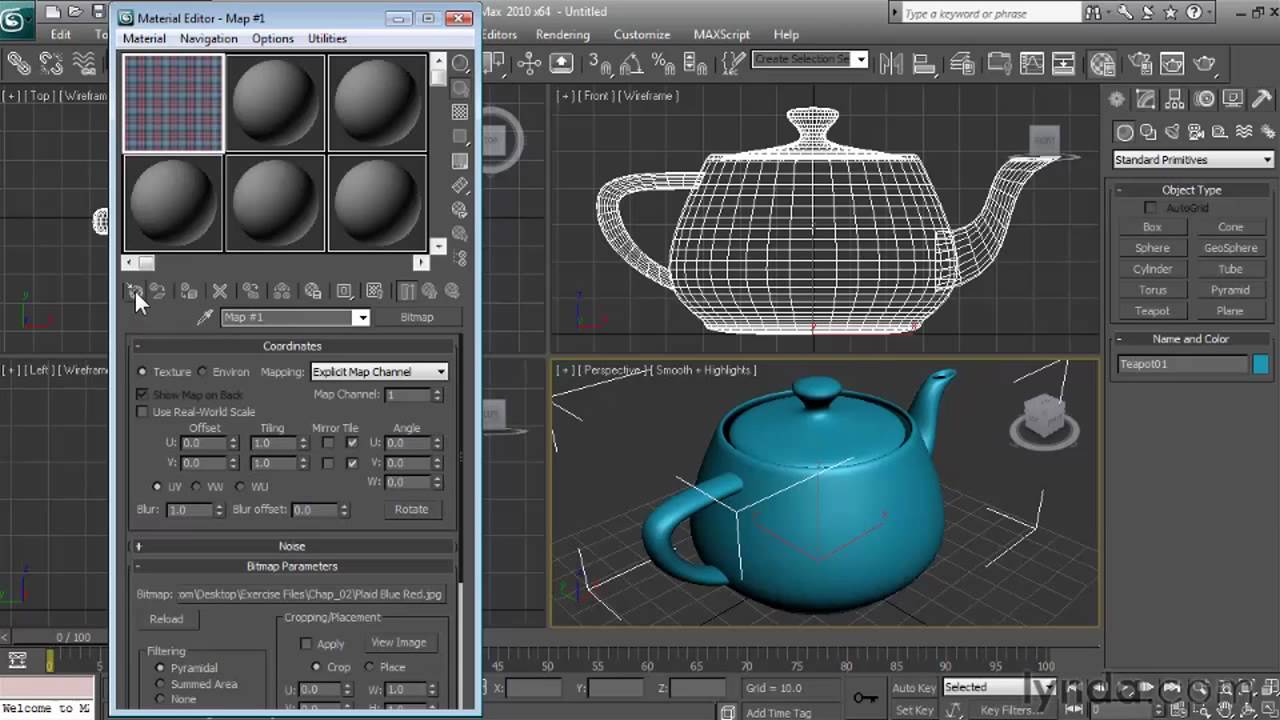 | Image Sampling
|
Illumination
| 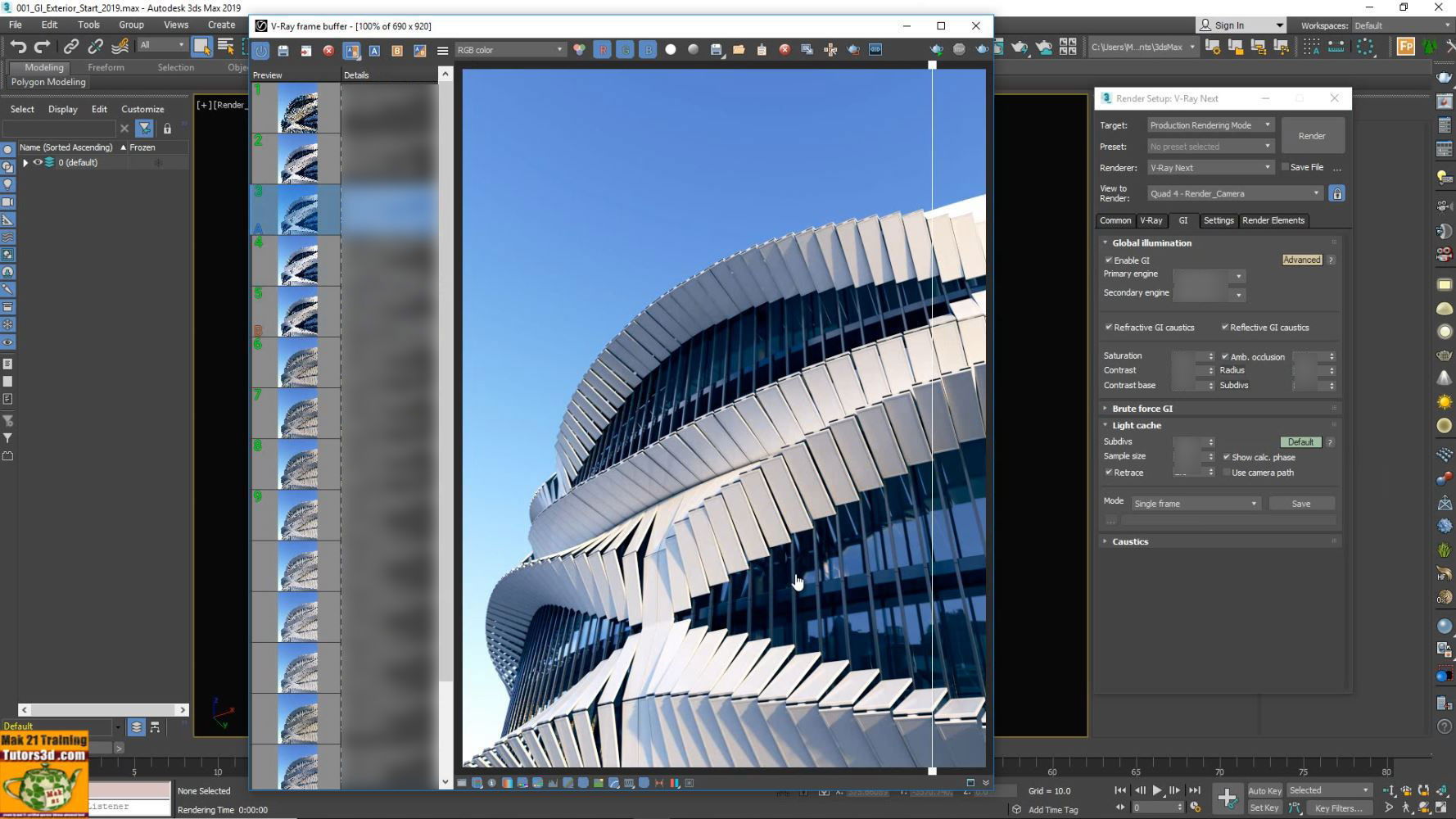 |
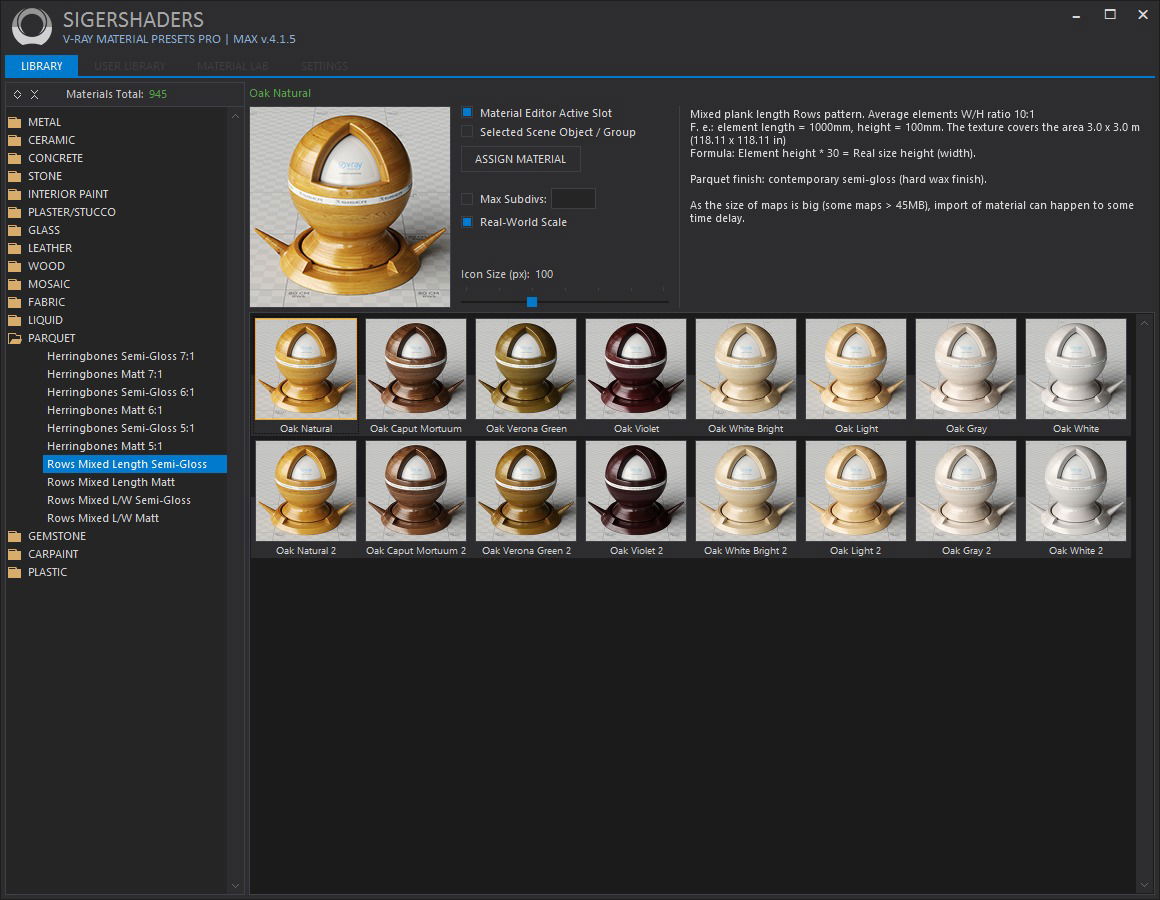 | Shaders
|
Camera Effects
| 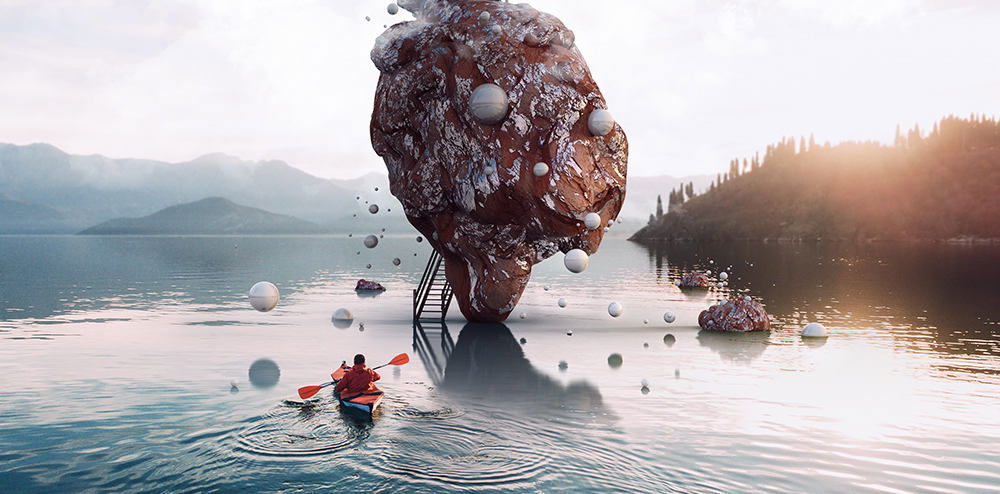 |
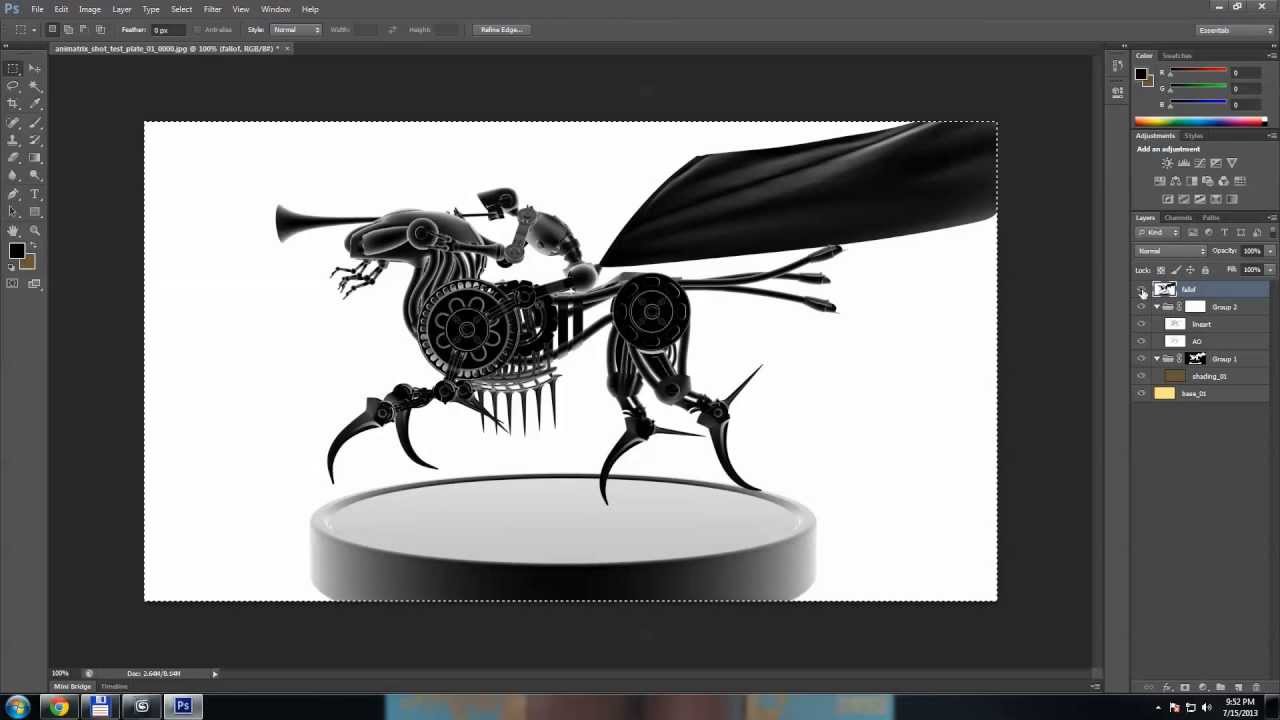 | Extras
|
Frame Buffer
| 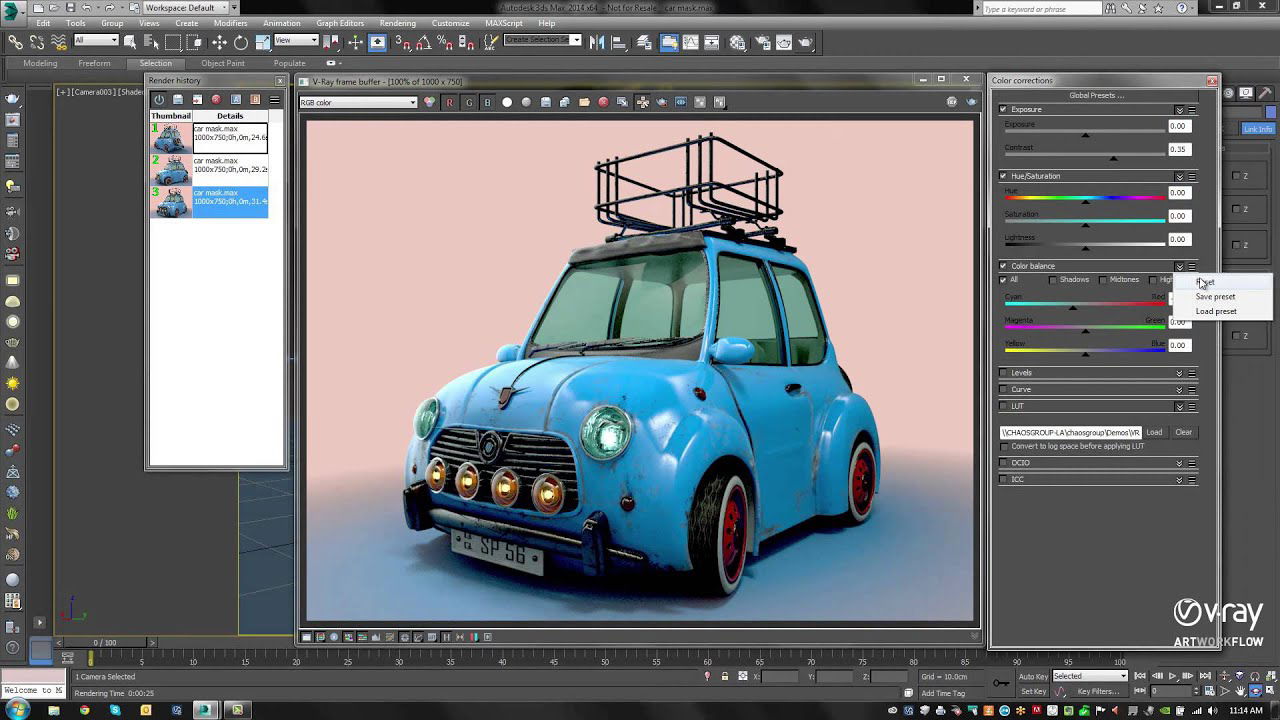 |
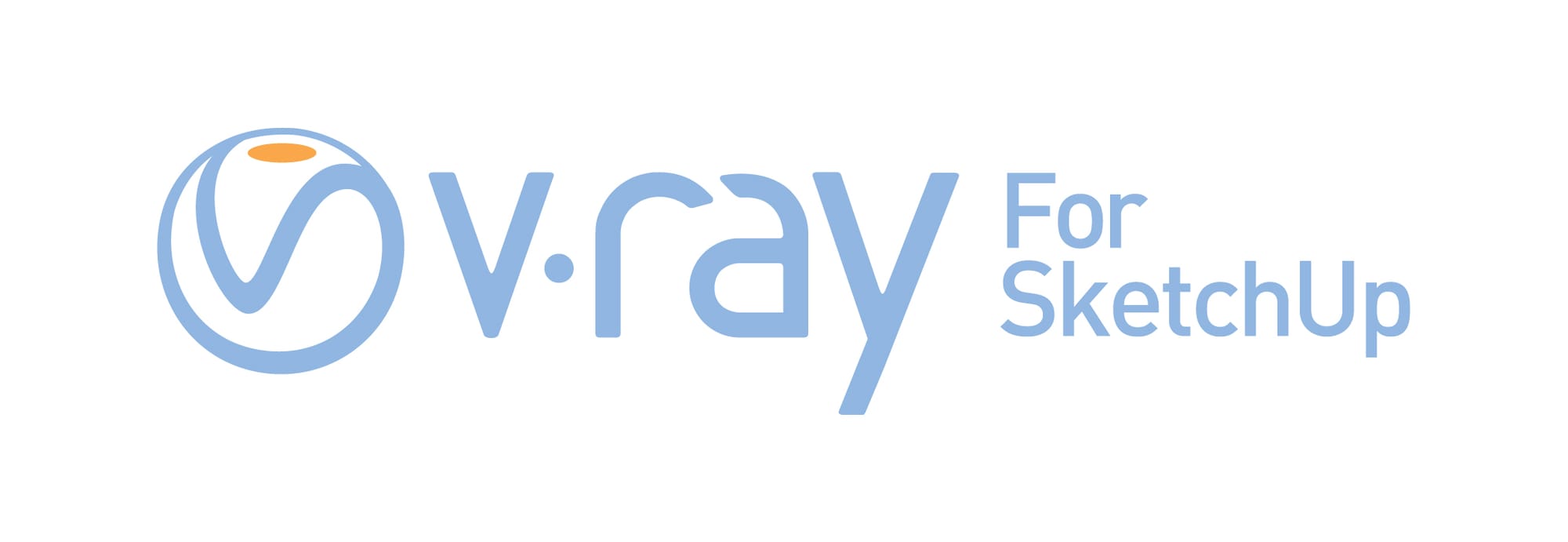
Render high-resolution, photorealistic images directly in SketchUp. V-Ray Next fully supports SketchUp 2019, it’s easy to use and easy to learn. | |
Key Features | |
| 3 Rendering Modes - You can choose among GPU, CPU or Hybrid rendering mode depending on what best suits your project and hardware. | 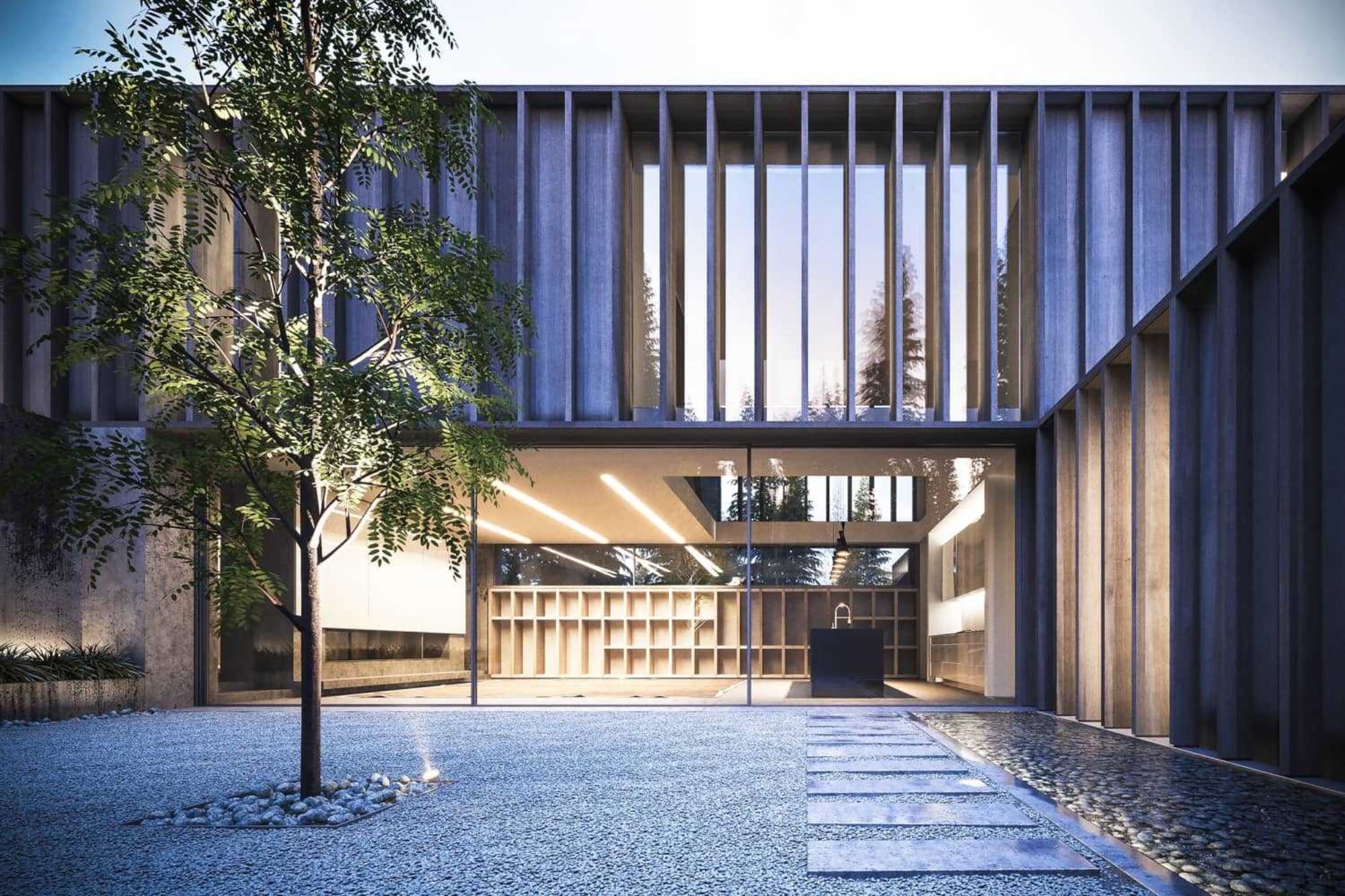 |
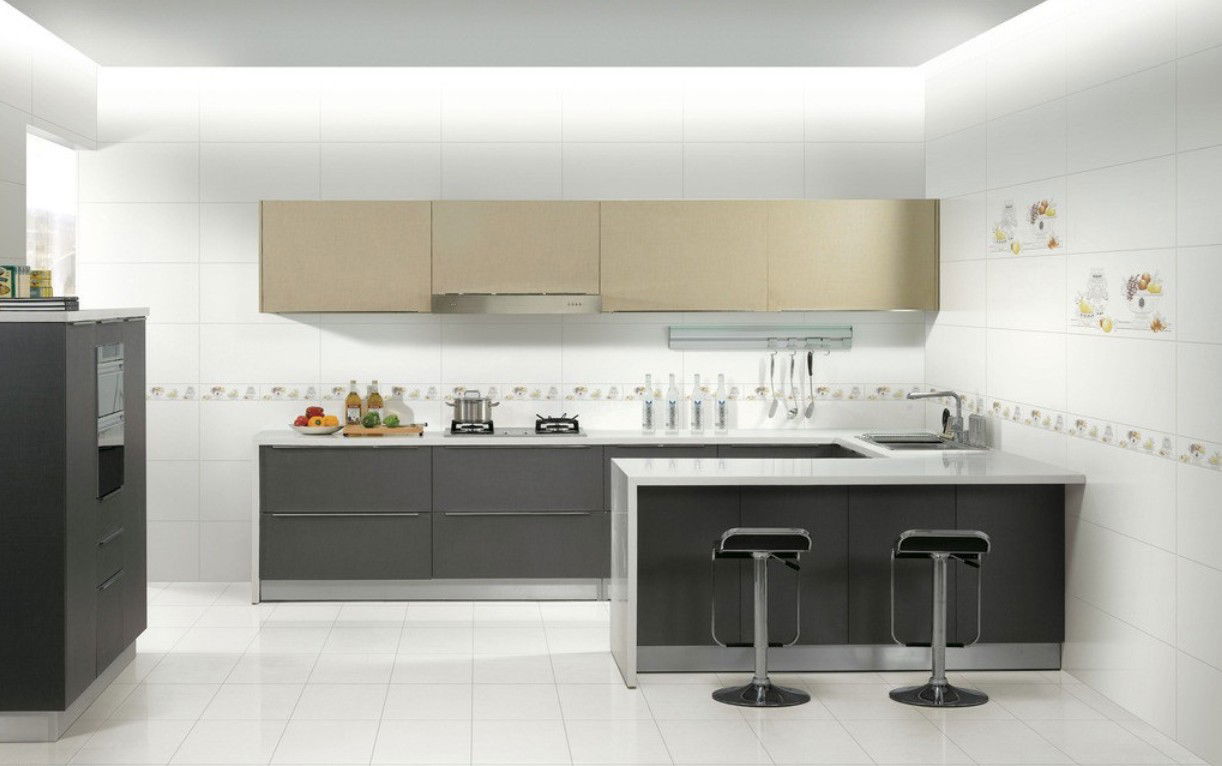 | Interactive Rendering- Fine-tune lights and materials and see results right away. View the render result directly in the SketchUp viewport. |
| Lights and Lighting - Render any type of natural or artificial lighting. Simulate realistic daylight for any time and any location. Quickly create atmospheric depth and haze. | 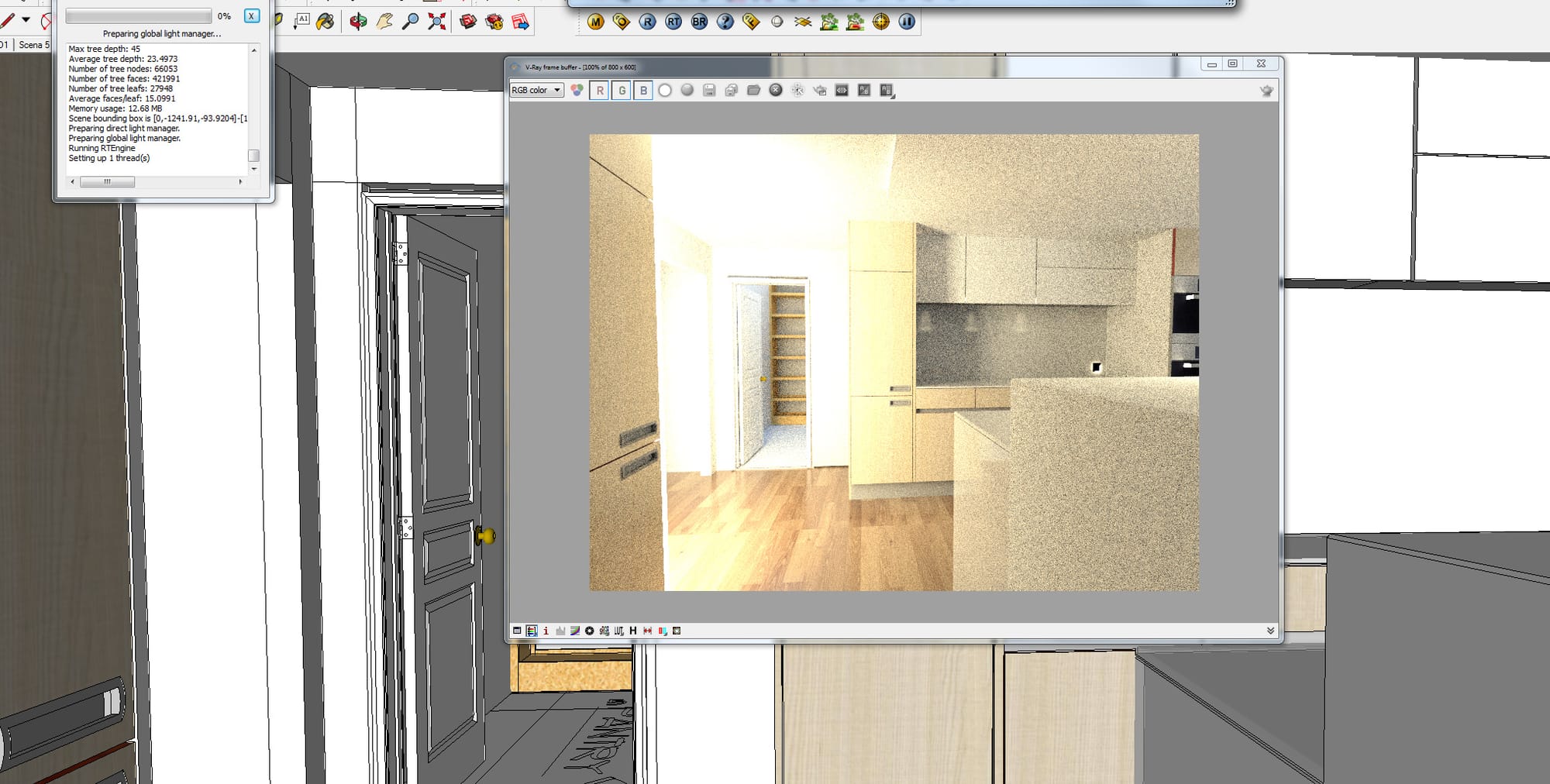 |
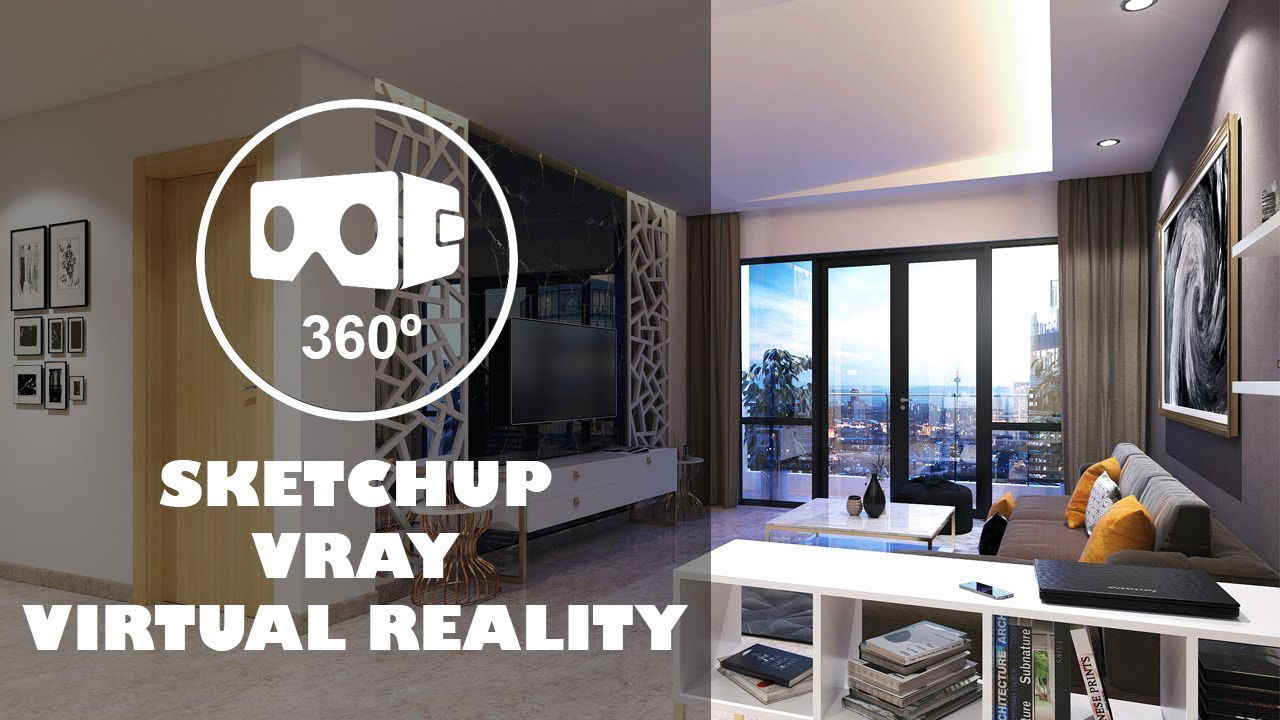 | Virtual Reality - Render VR-ready content for popular virtual reality headsets. |
| V-Ray Scene Import - Import and render V-Ray scenes (vrscene) from other applications, such as 3ds Max, Rhino and Revit. | 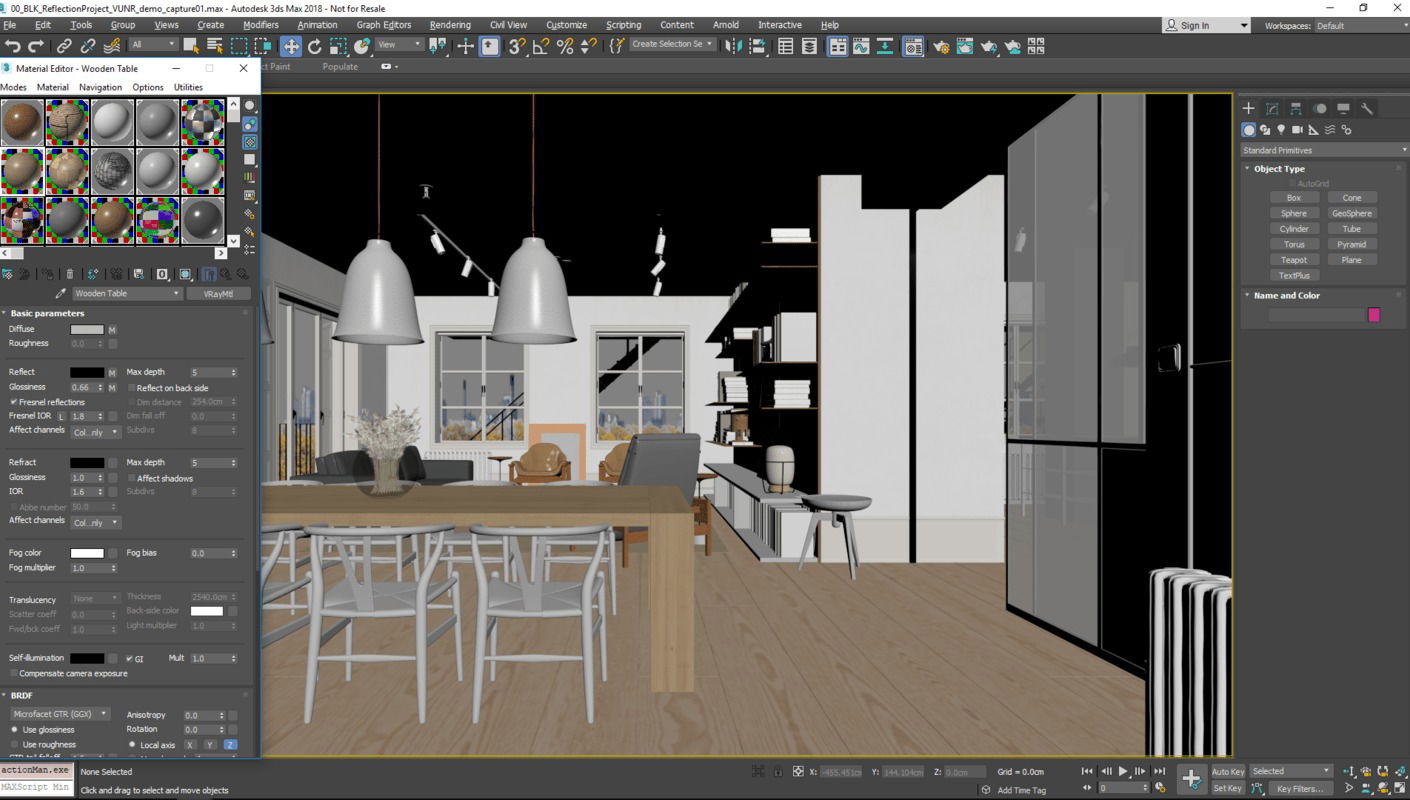 |
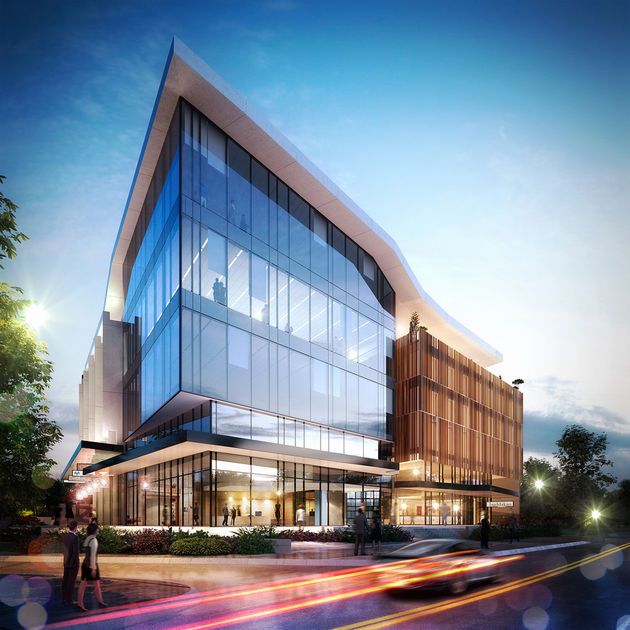 | Scene intelligence - Scene Intelligence features learn about your scene to help you choose the right settings for your projects automatically. |
| AI Denoiser - You can effectively denoise in almost real-time while rendering with NVIDIA’s AI-accelerated denoising technology | 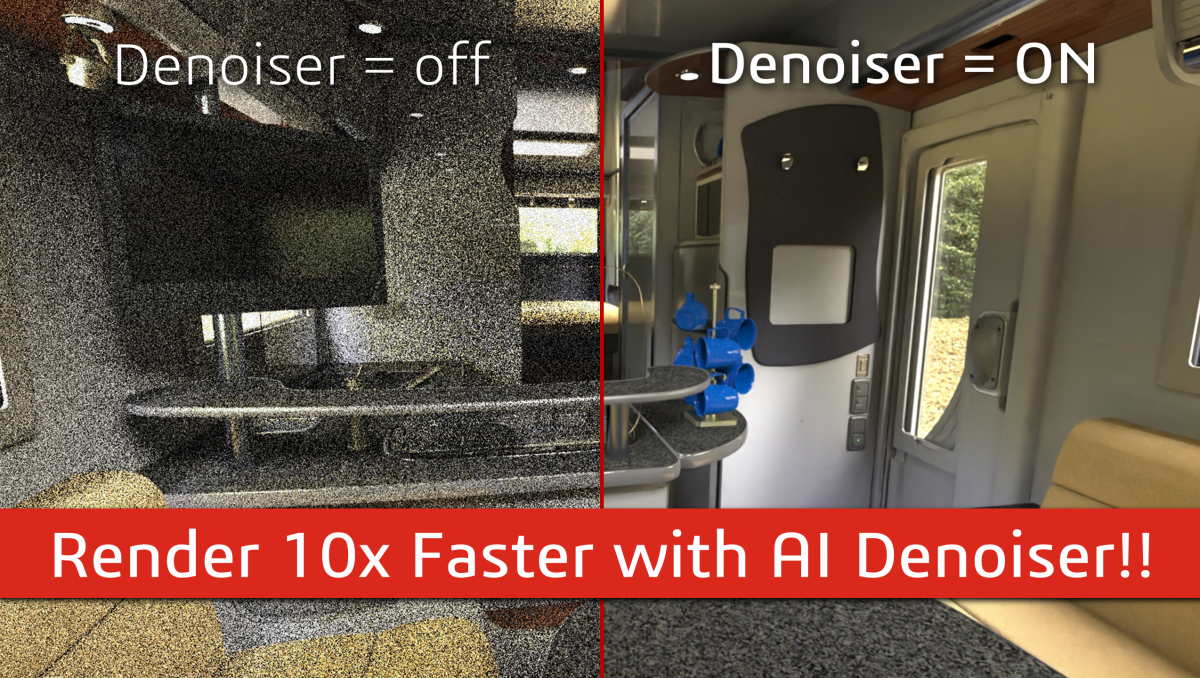 |
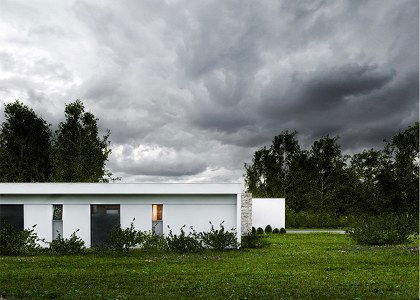 | Cloud rendering - Harness the power of a supercomputer from your laptop with one click away rendering in the cloud. |



